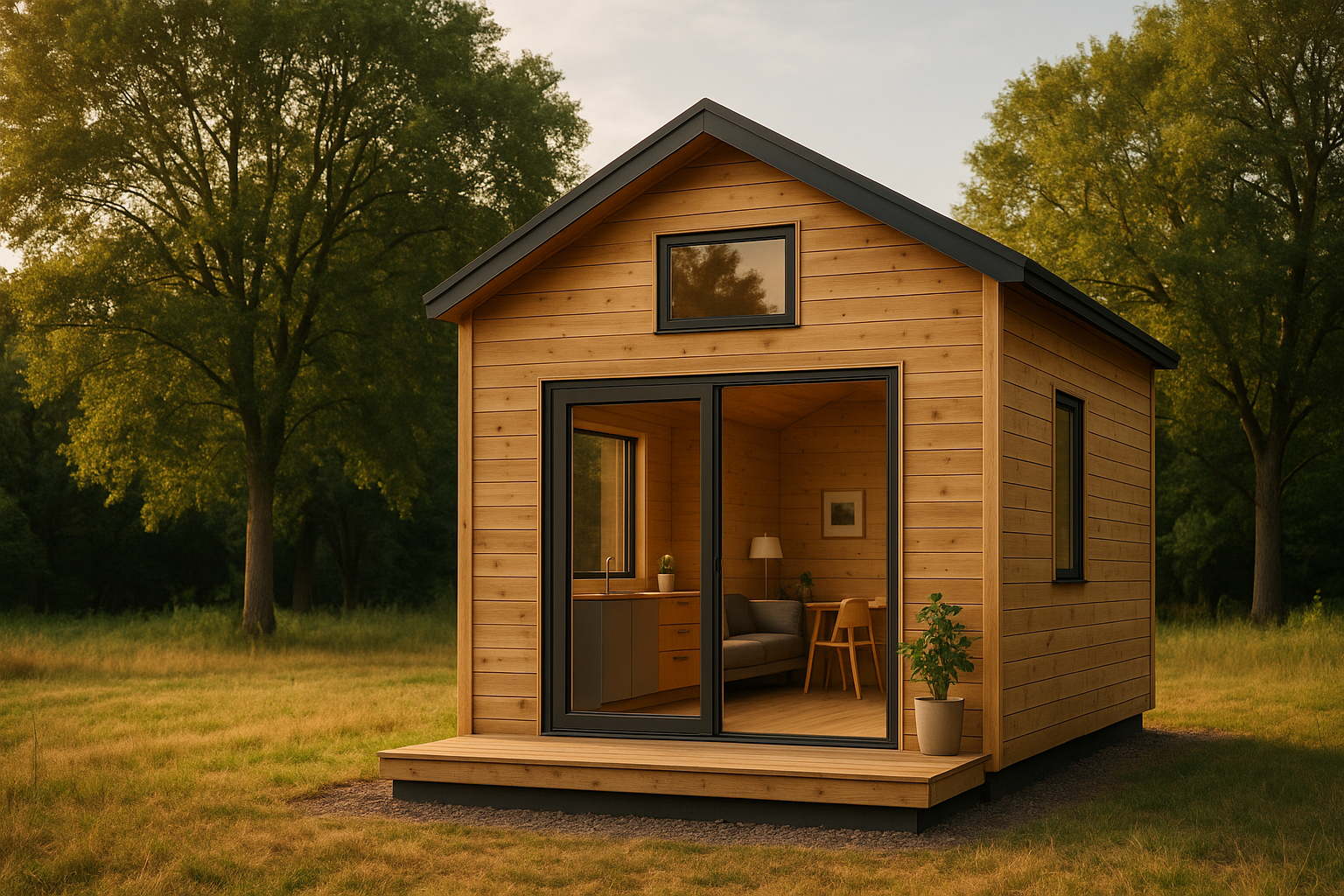The Societal Significance of the Tiny House Movement
The human urge to inhabit and establish personal spaces is as old as our species itself. Yet, as we delve deeper into the 21st century, a new trend is fundamentally changing the way we perceive habitation. Enter the Tiny House Movement, a unique sociocultural phenomenon that is redefining our relationship with space, lifestyle, and consumerism.

Understanding the Tiny House Movement
The Tiny House Movement emerged in the United States during the early 2000s, a response to the economic downturn and the housing crisis. As people sought economic relief and environmental sustainability, they turned to smaller, more manageable living spaces. These “tiny houses,” typically between 100 and 400 square feet, offered an affordable, minimalist alternative to traditional housing.
Societal Trends and the Tiny House Movement
The Tiny House Movement reflects broader societal trends towards sustainability and minimalism. As environmental concerns rise, many people are reevaluating their consumption patterns and turning to lifestyles that reduce their ecological footprint. The Tiny House Movement fits neatly into this trend, as smaller homes require fewer resources to build and maintain.
The Implications of the Tiny House Movement
The Tiny House Movement is more than just a housing trend—it’s a cultural shift with significant implications. For one, it challenges the traditional notion of the “American Dream,” which has long equated success with large homes and material wealth. The movement also highlights the growing disparities in housing affordability and wealth inequality, particularly in urban areas where housing prices continue to skyrocket.
The Research-Backed Insights
Research into the Tiny House Movement has revealed some interesting insights. For example, a 2018 study published in the Journal of Environmental Psychology found that people living in tiny houses reported higher levels of happiness and life satisfaction than the average American homeowner. This suggests that the movement may have positive psychological benefits in addition to its economic and environmental advantages.
The Future of the Tiny House Movement
As we look towards the future, the Tiny House Movement appears poised for growth. With increasing environmental awareness, economic uncertainty, and changing societal values, the appeal of tiny living is likely to continue rising. However, challenges remain, including zoning laws and societal norms that favor traditional housing. Understanding and addressing these obstacles will be crucial for the continued evolution of the movement.
In conclusion, the Tiny House Movement is a fascinating sociocultural phenomenon that reflects broader societal trends and challenges traditional notions of success, wealth, and happiness. As we move forward, it will be interesting to see how this movement continues to shape our society and our relationship with the spaces we inhabit.




